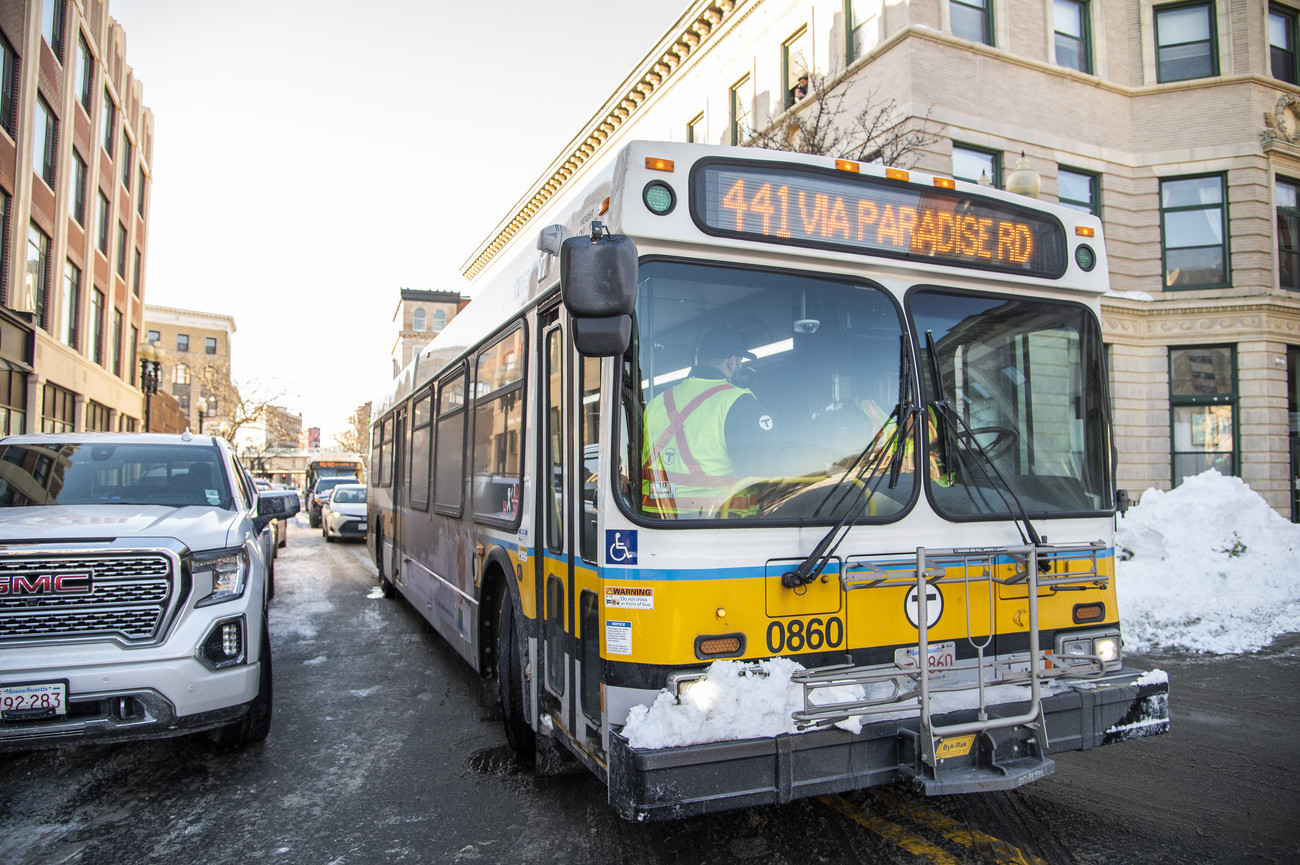Residents outlined some of the potential benefits and challenges they anticipate for the town as a result of the MBTA’s new zoning requirement at an in-person Planning Board meeting.
This meeting came on the heels of a virtual meeting on Oct. 26, in which Town Planner Rebecca Curran Cutting gave an overview of the law and fielded written questions from attendees.
The multi-family zoning requirement approved in 2021 requires that MBTA communities shall have at least one zoning district of reasonable size in which multi-family housing is permitted. Marblehead must comply with the law by Dec. 31, 2024, and the board plans on having the town’s zoning communities identified by January, so they can be approved at Town Meeting in May of next year.
Going into the second meeting last Thursday, Curran Cutting made it a priority to emphasize one specific point.
“At the first meeting, there seemed to be some thoughts that this was a building project, but it’s a zoning project,” Curran Cutting said. “I made it clear by showing those pictures of the density that exists. The density that they’re talking about for this mandate we already have, and the housing type we already have.”
She also gave a list of underutilized buildings in town, such as an empty office space on Tioga Way, that could be used for housing as opposed to brand new growth.
The nearly 60 residents who participated were handed out stickers and placed them on boards, corresponding to things such as areas in town they would like to see explored for zoning and the top benefits and challenges to zoning.
There were two proposed benefits chosen as the most likely and legitimate.
The most popular choice was “Multi-family zoning can support the development of affordable-housing options, helping to address housing-affordability issues.”
While the MBTA zoning requirement does not require units to qualify as “affordable housing,” groups such as the Housing Production Plan Implementation Committee have been working on developing affordable-housing opportunities in concordance with the zoning mandate.
The second most popular benefit was that multi-family housing “can provide a variety of housing options, accommodating individuals and families with different needs, preferences, and budgets.”
As for potential challenges multi-family zoning can cause for Marblehead, traffic impact was by far the biggest concern of residents, followed by infrastructure capacity and changes to the town’s character.
Curran Cutting said these two interactive meetings were extremely beneficial in helping citizens understand the zoning process.
“Definitely from an education standpoint, and just getting people involved in understanding it and the exercise of how this would be in Marblehead,” Curran Cutting said.

